BEST Cooking Methods According to Scientific Research: Microwave Fear Debunked!
Scientific research? Yes (this is out of respect for all our scientists and PhD readers out there. You know who you are):
What I’m about to share is according to the accumulated research of Michael Greger, M.D. FACLM, and his team. He’s the founder, president, and research director of www.nutritionfacts.org.
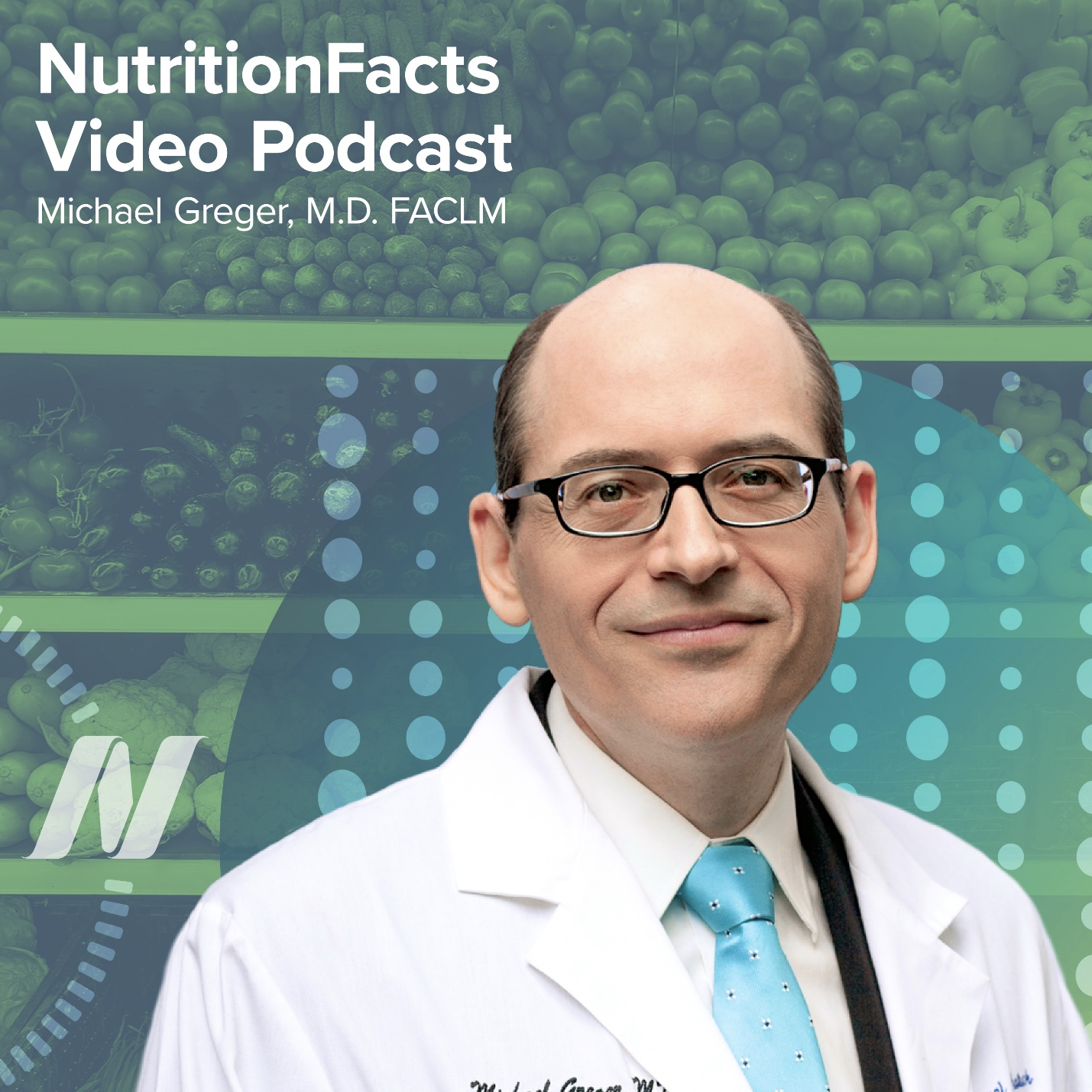
Dr. Greger is a physician, New York Times bestselling author, and internationally recognized speaker on nutrition, food safety, and public health issues. He’s a founding member and Fellow of the American College of Lifestyle Medicine, a licensed general practitioner specializing in clinical nutrition. He is a graduate of the Cornell University School of Agriculture and Tufts University School of Medicine.
Now, back to the topic: Which are the BEST (aka gentlest) cooking methods for preserving nutrients, and which vegetables have more antioxidants cooked than raw?
Dr. Greger compared the effects of different cooking methods on the phytonutrients in broccoli. Food scientists looked at 20 different vegetables, six different cooking methods, and then, looked at three separate measures of antioxidant activity. That’s over 300 separate experiments to figure out what’s the best way to cook our vegetables.
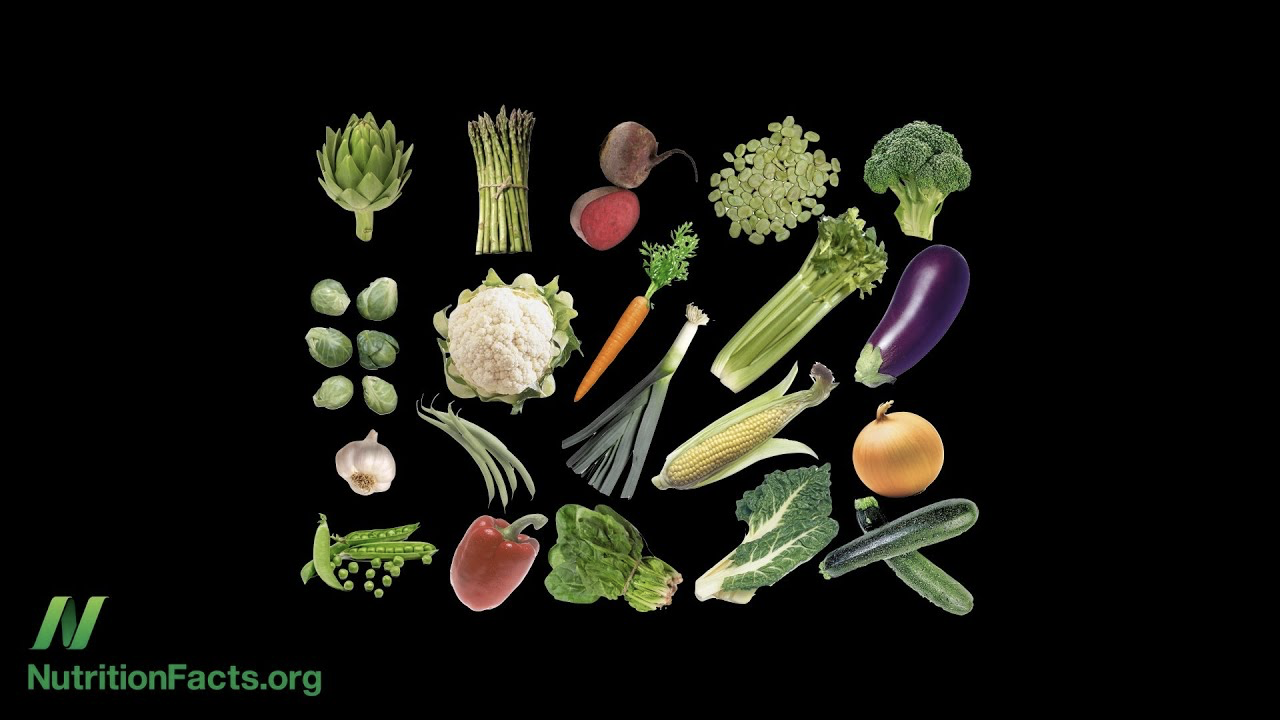
First, though, let’s look at the worst cooking methods (baking, boiling, frying, George Foreman, nuking, or pressure cooking), in terms of loss of antioxidant content. The research shows the worst is boiling.
What’s the second worst? Pressure cooking. Dr. Greger says, “When we use these wet cooking methods, some of the nutrition is lost into the cooking water. It may be less than you think, though. Averaged over those 20 vegetables, boiling removes only about 14% of the antioxidants. So, if you really like boiled broccoli, fine—just eat one more floret. Seven florets of boiled broccoli has all the antioxidant power of six florets of raw broccoli.
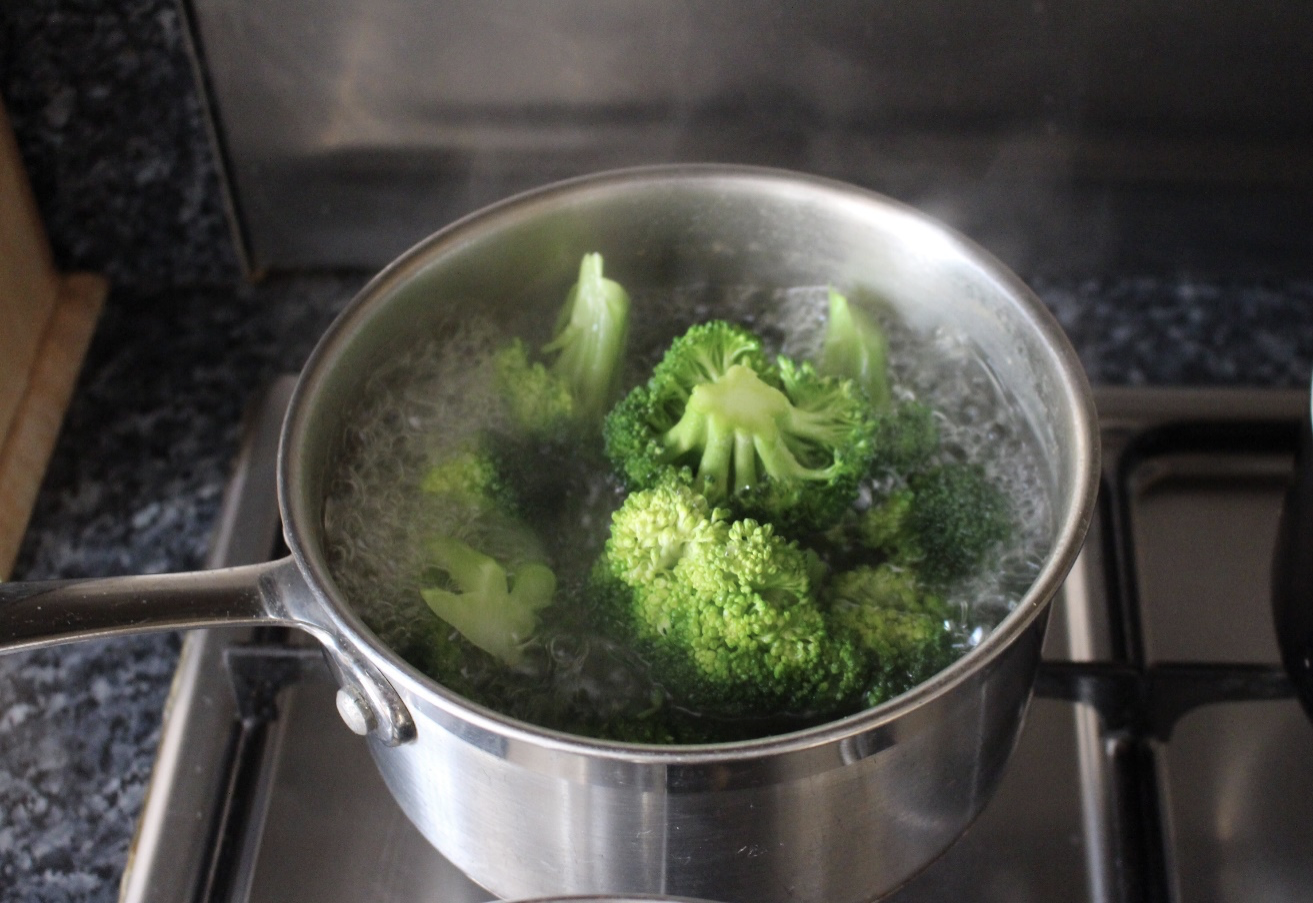
“So, the best way to eat your veggies is really whichever way will get you to eat the most of them, with the exception of frying; that just adds way too many empty calories.
“What’s the gentlest cooking method, though? Out of these remaining four, which preserves antioxidants the best? It was the microwave; preserving 97.3% of the antioxidants.
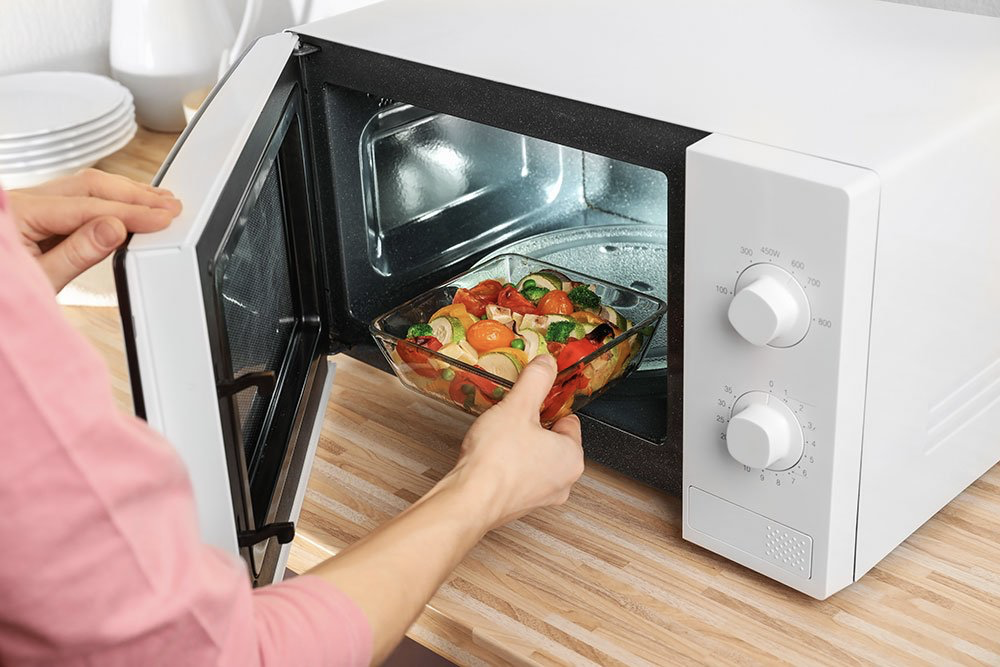
“But that’s on average, across 20 vegetables. There was one vegetable whose antioxidants get clobbered, no matter how you cook it; up to 75% of the antioxidant power gone. And which is the one vegetable really best to eat raw? The most vulnerable vegetable is bell peppers. Do try to eat those raw.”
Dr. Greger added, “On the other hand, there were three vegetables that weren’t affected by cooking at all. You could even boil them, and lose no antioxidants. These champs were artichokes, beets, and onions. Boil away. And asparagus actually gets honorable mention here. It’s unaffected by all but frying, so you can boil asparagus, too.”
Dr. Greger’s research also discovered that there are two vegetables that, no matter what you do to them, they increase in antioxidant value. They become healthier. First, the honorable mention: green beans. With the exception of boiling and pressure cooking, they actually increase in antioxidant power when you cook them, so microwaved green beans are actually healthier than raw green beans.
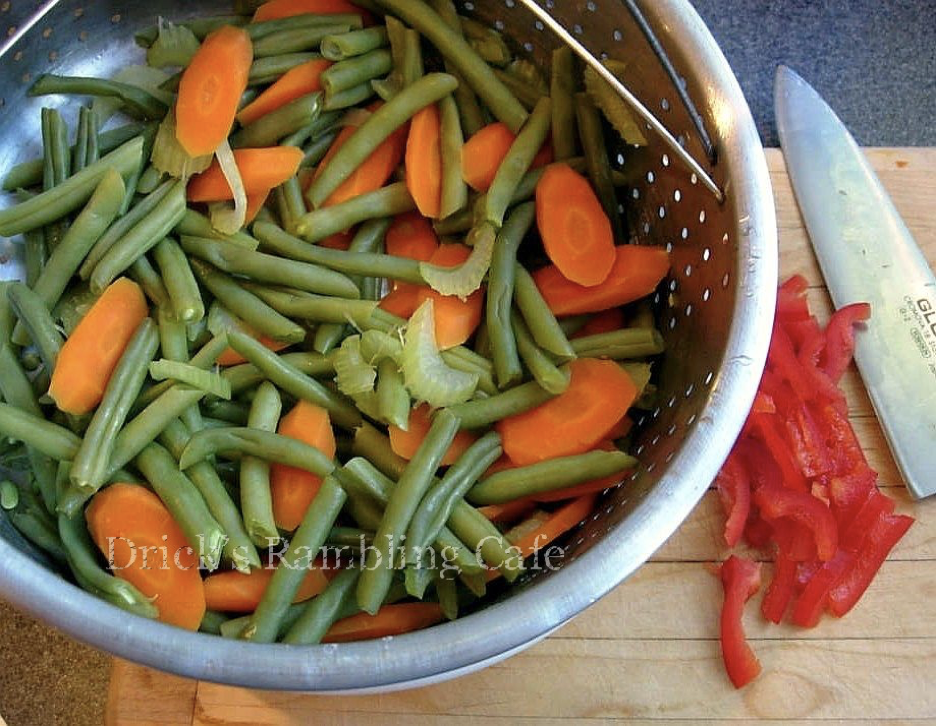
But which two vegetables ALWAYS increase in value, no matter how you cook them? Carrots and celery. So, when we make a nice vegetable soup, we’re actually boosting their nutrition.
There you have it. Microwave-fear pretty debunked. And aren’t we glad for this increased comfort level around such a mighty time-saving appliance!
What I’m about to share is according to the accumulated research of Michael Greger, M.D. FACLM, and his team. He’s the founder, president, and research director of www.nutritionfacts.org.

Dr. Greger is a physician, New York Times bestselling author, and internationally recognized speaker on nutrition, food safety, and public health issues. He’s a founding member and Fellow of the American College of Lifestyle Medicine, a licensed general practitioner specializing in clinical nutrition. He is a graduate of the Cornell University School of Agriculture and Tufts University School of Medicine.
Now, back to the topic: Which are the BEST (aka gentlest) cooking methods for preserving nutrients, and which vegetables have more antioxidants cooked than raw?
Dr. Greger compared the effects of different cooking methods on the phytonutrients in broccoli. Food scientists looked at 20 different vegetables, six different cooking methods, and then, looked at three separate measures of antioxidant activity. That’s over 300 separate experiments to figure out what’s the best way to cook our vegetables.

First, though, let’s look at the worst cooking methods (baking, boiling, frying, George Foreman, nuking, or pressure cooking), in terms of loss of antioxidant content. The research shows the worst is boiling.
What’s the second worst? Pressure cooking. Dr. Greger says, “When we use these wet cooking methods, some of the nutrition is lost into the cooking water. It may be less than you think, though. Averaged over those 20 vegetables, boiling removes only about 14% of the antioxidants. So, if you really like boiled broccoli, fine—just eat one more floret. Seven florets of boiled broccoli has all the antioxidant power of six florets of raw broccoli.

“So, the best way to eat your veggies is really whichever way will get you to eat the most of them, with the exception of frying; that just adds way too many empty calories.
“What’s the gentlest cooking method, though? Out of these remaining four, which preserves antioxidants the best? It was the microwave; preserving 97.3% of the antioxidants.

“But that’s on average, across 20 vegetables. There was one vegetable whose antioxidants get clobbered, no matter how you cook it; up to 75% of the antioxidant power gone. And which is the one vegetable really best to eat raw? The most vulnerable vegetable is bell peppers. Do try to eat those raw.”
Dr. Greger added, “On the other hand, there were three vegetables that weren’t affected by cooking at all. You could even boil them, and lose no antioxidants. These champs were artichokes, beets, and onions. Boil away. And asparagus actually gets honorable mention here. It’s unaffected by all but frying, so you can boil asparagus, too.”
Dr. Greger’s research also discovered that there are two vegetables that, no matter what you do to them, they increase in antioxidant value. They become healthier. First, the honorable mention: green beans. With the exception of boiling and pressure cooking, they actually increase in antioxidant power when you cook them, so microwaved green beans are actually healthier than raw green beans.

But which two vegetables ALWAYS increase in value, no matter how you cook them? Carrots and celery. So, when we make a nice vegetable soup, we’re actually boosting their nutrition.
There you have it. Microwave-fear pretty debunked. And aren’t we glad for this increased comfort level around such a mighty time-saving appliance!
Sources:
www.nutritionfacts.org
www.plantbasedcooking.com
www.today.com
www.dricksramblingcafe.blogspot.com
 Alice Osborne
Alice Osborne
Weekly Newsletter Contributor since 2006
Email the author! alice@dvo.com
